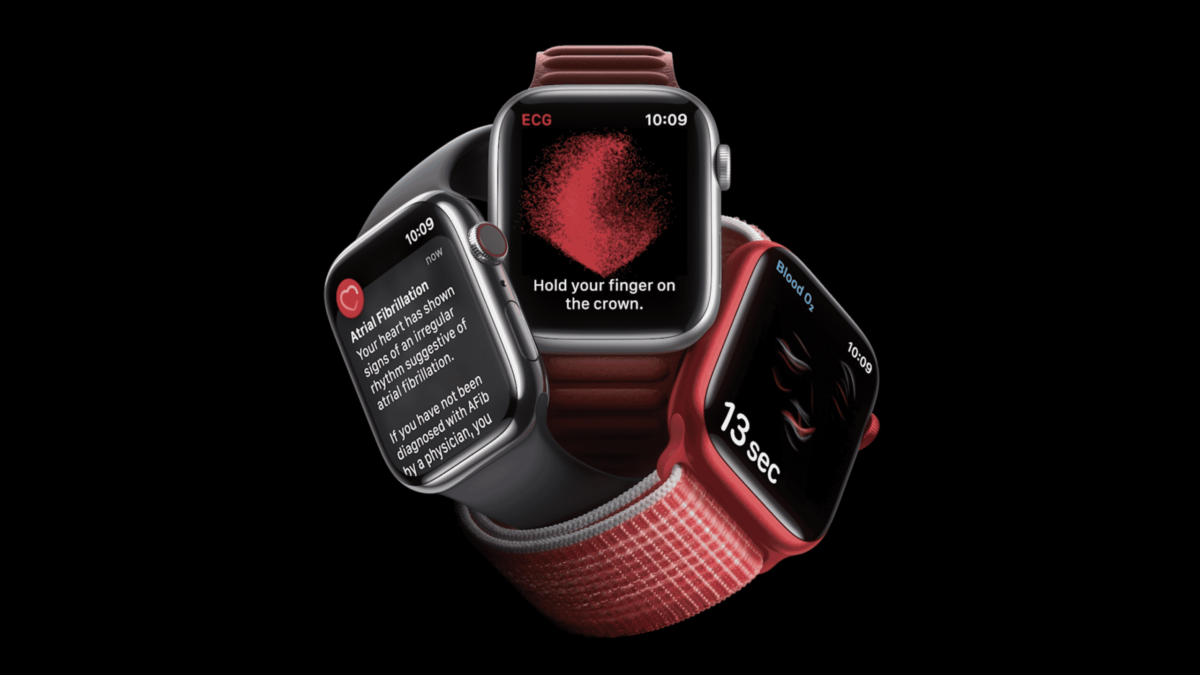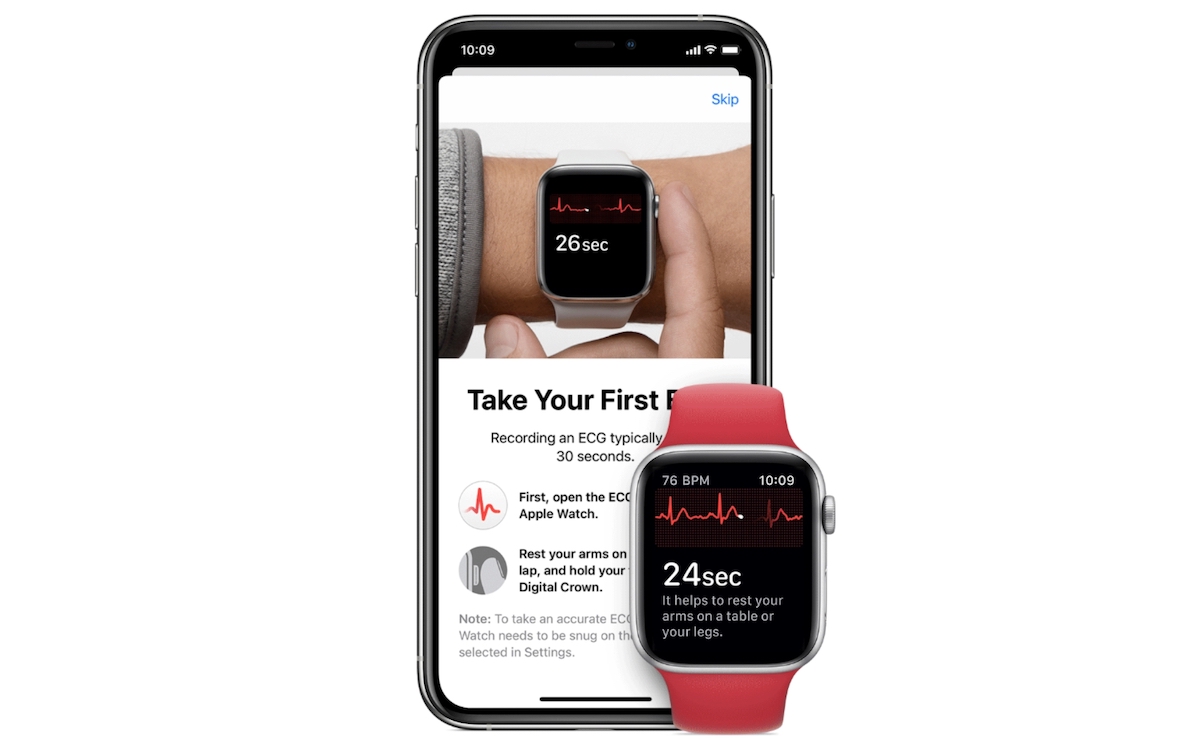Like the Apple Watch Series 4 and later models, the Apple Watch Series 8 also features the ECG app which measures the timing and strength of users’ heartbeat and can detect undiagnosed AFib.
Atrial fibrillation (AFib) is a form of irregular rhythm or pattern in the heartbeat and is the most common form of serious arrhythmia. If detected, a compatible Apple Watch sends an AFib classification to the users alerting them of undiagnosed AFib.
This capability saved another life. 9to5Mac reader, Jason Smith used his new Apple Watch Series 8 to check on his mother experiencing dizziness and risen heartbeat. The smartwatch found that she has AFib.

Apple Watch Series 8 alerted user of undiagnosed AFib and helped to seek medical treatment in time
According to the publisher, Smith’s father called him from the road when his mother experienced a heart attack-like episode with risen heartbeat on the way to their weekend getaway; “she felt very dizzy and as though her heart was pounding.”
On reaching his parents, Smith found that his mother was relatively normal in spite of the episode, and as a precautionary measure, he took her ECG on his new Apple Watch Series 8. The watch showed her resting heart rate was above 160 bpm *very high.
“I then took my Apple Watch Series 8 and placed it on her wrist to perform an ECG. This is when the Watch alerted us to say it had detected atrial fibrillation and to seek medical assistance immediately,” Jason continues. “I proceeded to take three more ECGs to rule out any false positives, but each one reported AFib with a resting heart rate above 160 bpm.”
They went to the nearest emergency room where medical personnel confirmed Smith’s mother’s AFib and she received medical treatment immediately.
“What could have been a life-changing weekend was averted thanks to the Apple Watch. Jason says his mother is back on track after the watch detected her heart condition.”

New health features in Apple Watch Series 8
- AFib History is an FDA-cleared feature to track the frequency of AFib.
- Wrist temperature sensing capability takes a sample every five seconds during sleep to measure changes in their baseline temperature. The tech is useful for sending retrospective ovulation estimates to women for fertility planning and period predictions.